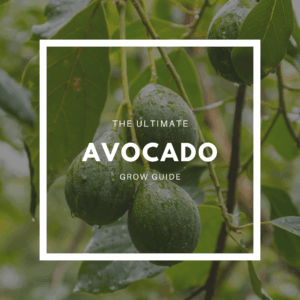
Plant of The Month Info Card
Cabbage (Brassica oleracea) is a classic staple winter veggie that provides your homestead with a hearty base crop to build many dishes.
Cabbage is a great supporting veggie BUT it can also be the star of the show! Learning to grow, cook and preserve cabbage will go a long way to supporting your ability to become more self-sufficient. Cabbage is low-calorie but packed with vitamins, antioxidants, and nutrients.

What parts of the Cabbage are edible?
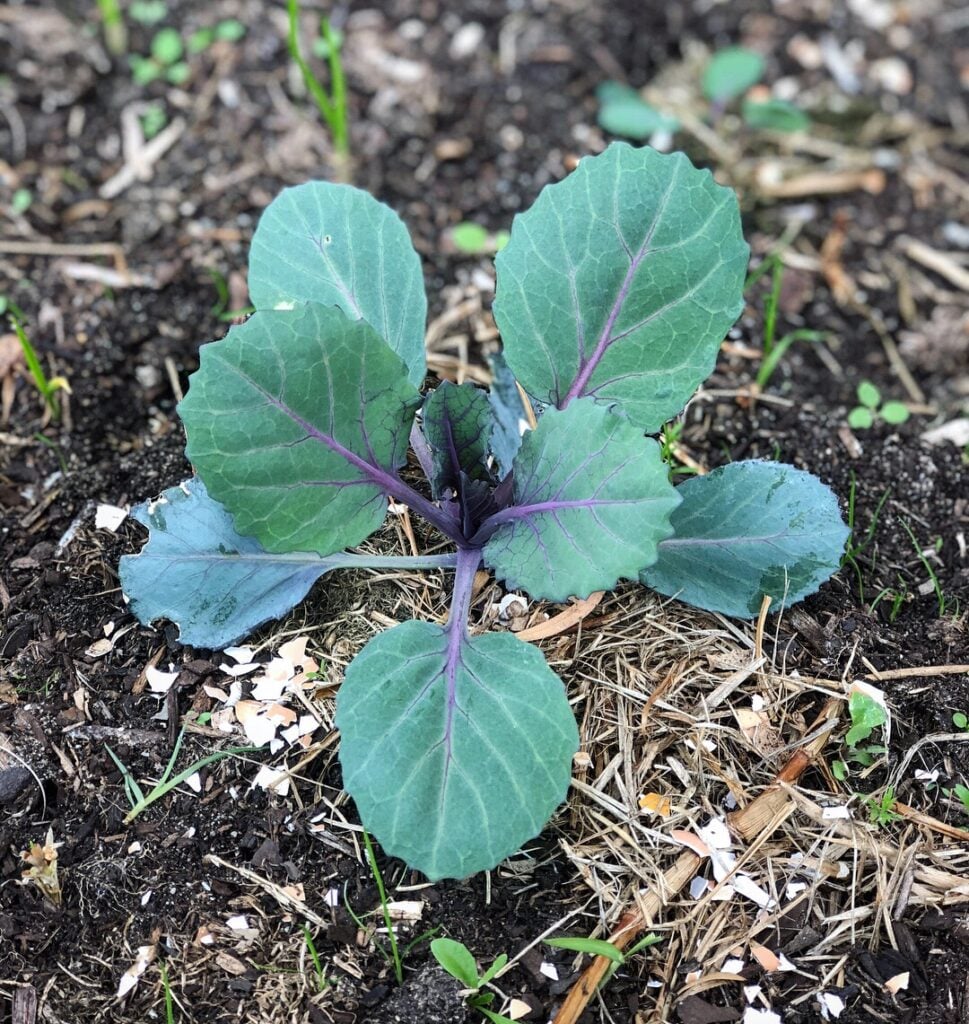
Why Grow Cabbage?
Cabbage is a great crop to grow to feed the family and they look beautiful and ornamental in the garden.
Here are some of the many reasons to grow Cabbage:
- Easy to grow
- Low maintenance
- Produce a lot of food
- Can be used raw or cooked.
- Rich in vitamin C, K, B12
- High in anti-oxidants
- High in fibre
- Nutrient-dense
- Can be used as a food colouring
- Promote cardiovascular health
Popular Cabbage Varieties
‘Mini’ – Small green cabbage great for urban gardens. Slow blot. 18 weeks to harvest. 1.3kg size.
‘Early Jersey Wakefield’ – Tight cone-shaped green cabbage. Space-saving for urban gardens. Harvest small or allow to 2-3kg size.
‘Brunswick‘ – German heirloom green cabbage. Late season crop. Large 3kg Cabbage.
‘Red Drumhead‘ -Heirloom red cabbage with beautiful purple leaves. Large 3kg+ size. Caterpillar resistant so good for warmer months.
‘Red Express’ – Compact small red cabbage. Quick to grow and will produce an early harvest.
‘Savoy‘ – Green cabbage with distinctive curly texture. Mild flavour. Rich in vitamins.
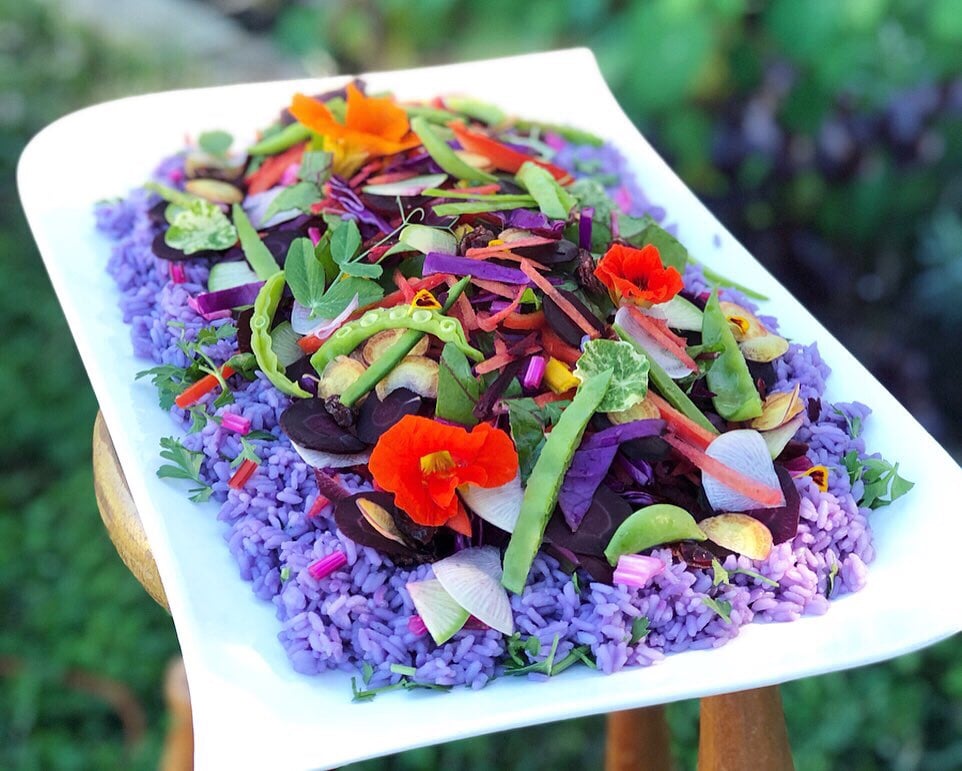
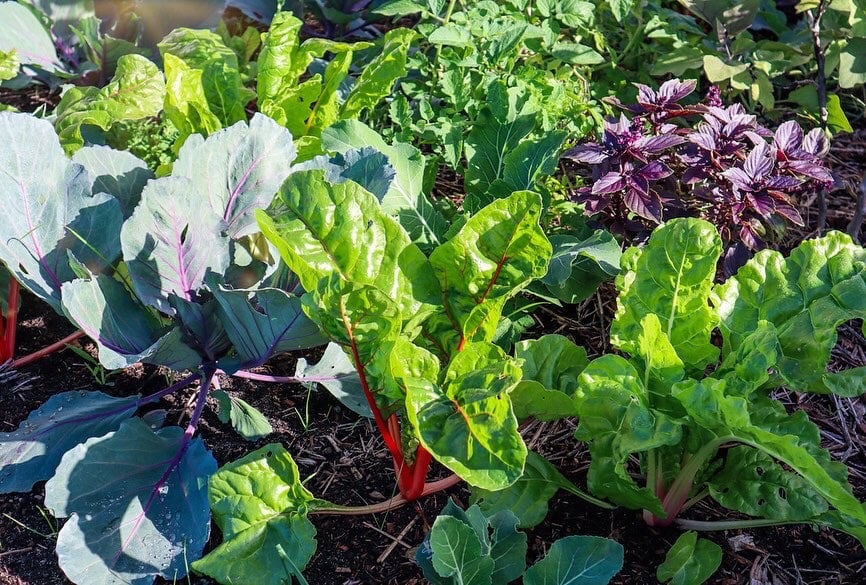
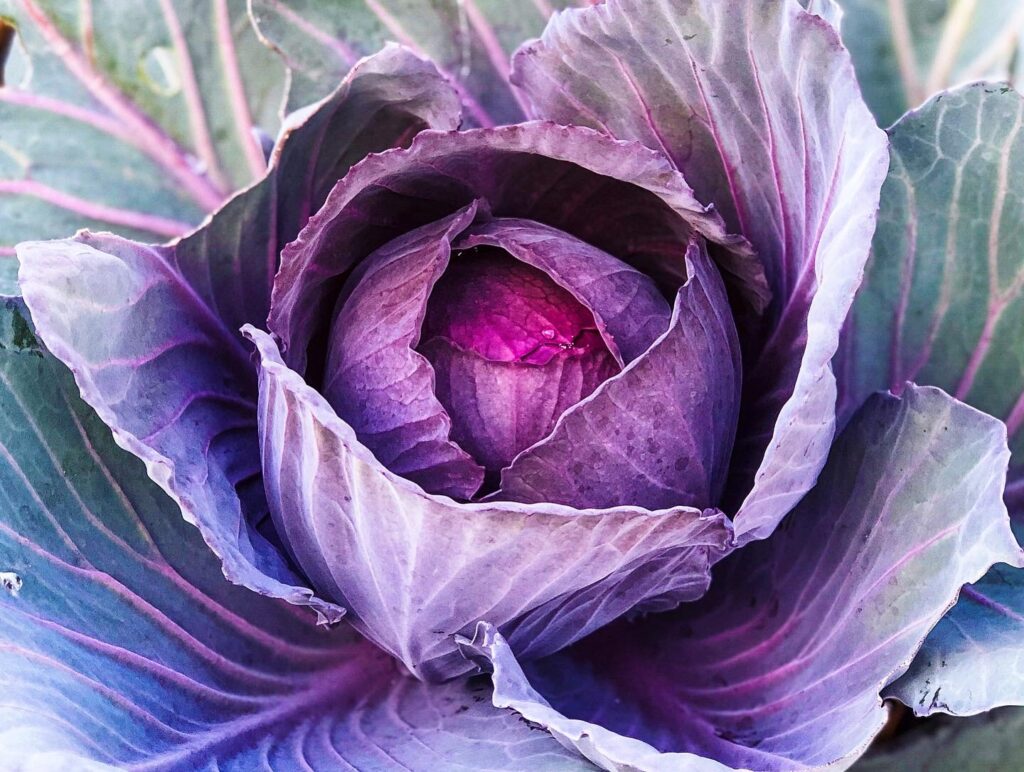
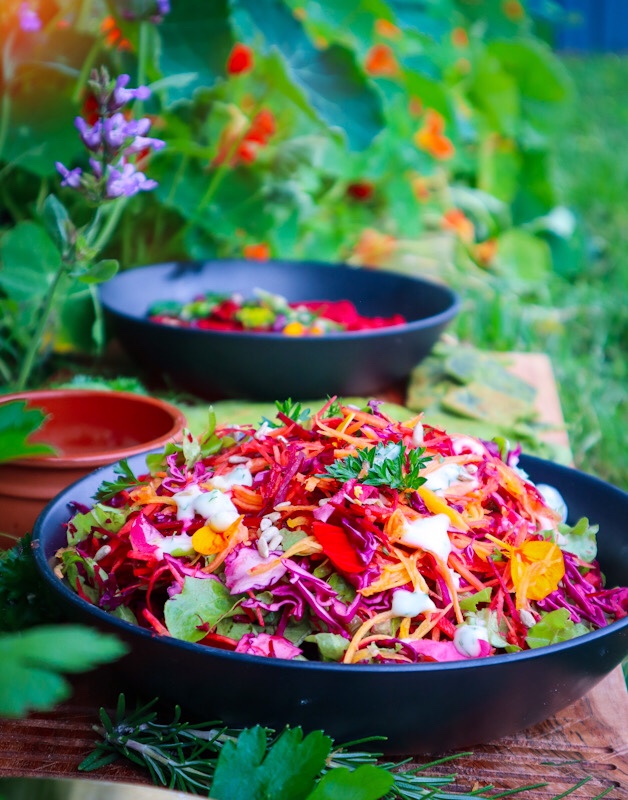
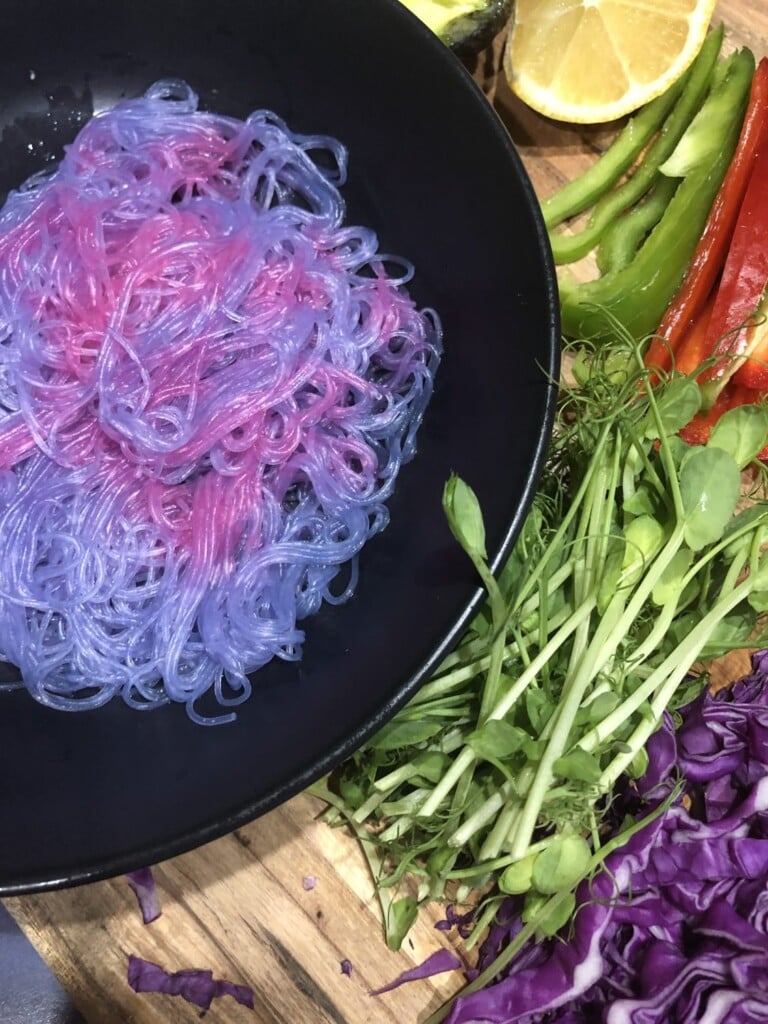
When to Plant Cabbage
Cabbage is mainly grown in the colder seasons of Autumn and winter but some varieties can be grown in the warmer months to allow for a full year of cabbage harvests. Plant seeds at the start of Autumn.
How to Grow Cabbage
- Choose a sunny location.
- Prepare compost-rich soil ( pH 7.5 preferred)
- Direct sow or plant your seeds in seed trays.
- Plant seeds or seedlings 40cm apart
- Protect young seedlings from slugs and snails but adding a ring of crushed eggshells
- Add mulch to keep retain moisture
Care/ Maintenance
- Cabbage are heavy feeders and can benefit from a liquid fertilizer every 2-3 weeks
- Regular watering
Pests / Disease
Slugs and snails may eat young seedlings. Use natural pest management. Green caterpillars from the white butterflies are usually the main culprits. Especially during warmer months of the year. In some cases, exclusion nets over your cabbage plants or entire patch may be the best option.
How/ When to Harvest
When the cabbages form a tight ball and look about the right size to harvest (check the variety to how big you can expect them to grow) Use a sharp knife to slice the cabbage stem at the base. Remove some of the old outer leaves and rinse well checking for bugs and poop.
Reproducing
Cabbage plants are biannual meaning they will produce seeds in their second season. This means saving seeds from cabbage can be quite time consuming and will take up space in your patch. Cabbages grown in warm months will also attract a lot of white butterflies to your veggie patch. Most of the time it is easier and more effective to purchase cabbage seeds. If you would like to try to save your own – leave a few cabbages without harvesting them for a year to produce flowers and then seeds. Once the seed pods start to dry on the plant, pick and dry further inside. Separate out the seeds from the seed pods and store them.
Cooking and Using Cabbage
Cabbage is a versatile veggie that can be used raw, cooked, roasted and pickled.
Pairs well with: thyme, mustard, ginger, honey, apple, carrot, beetroot, fennel, lemon, vinegar, butter, sour cream, cheese, onion
Cabbage ideas:
- Fresh in salad
- Fresh in slaw
- Sauteed with butter
- Roasted steaks
- Fresh in Ricepaper rolls
- Sauerkraut
- Japanese Pancakes – Okonomiyaki
- Purple unicorn noodles
- Unicorn rice salad

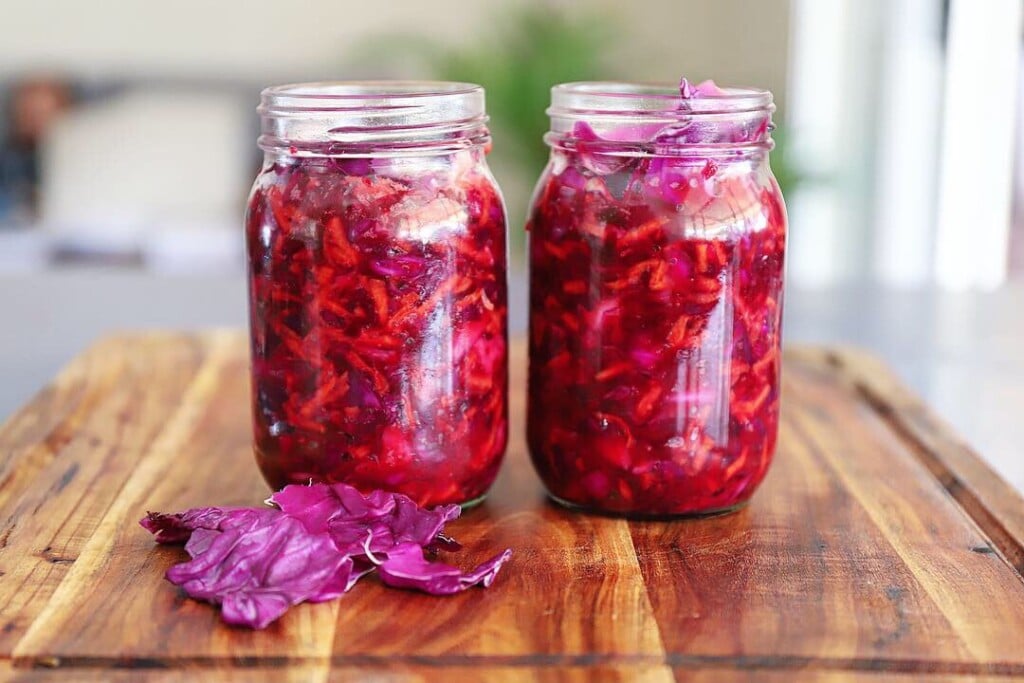
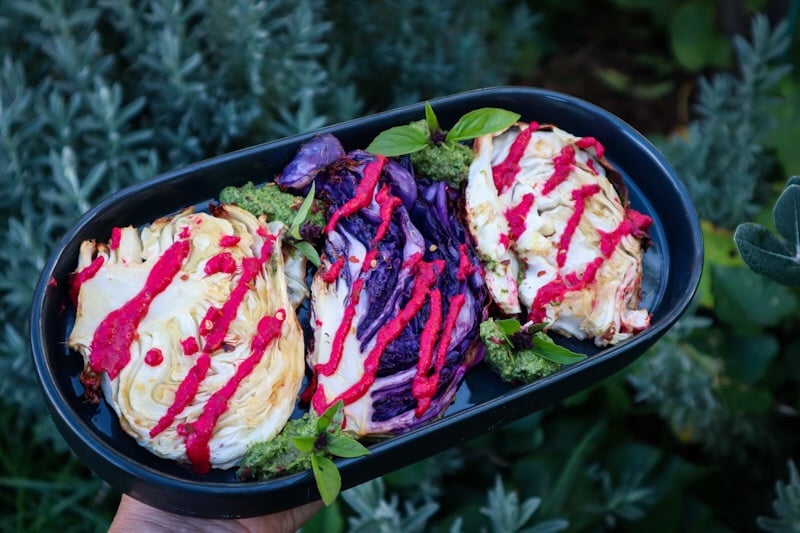
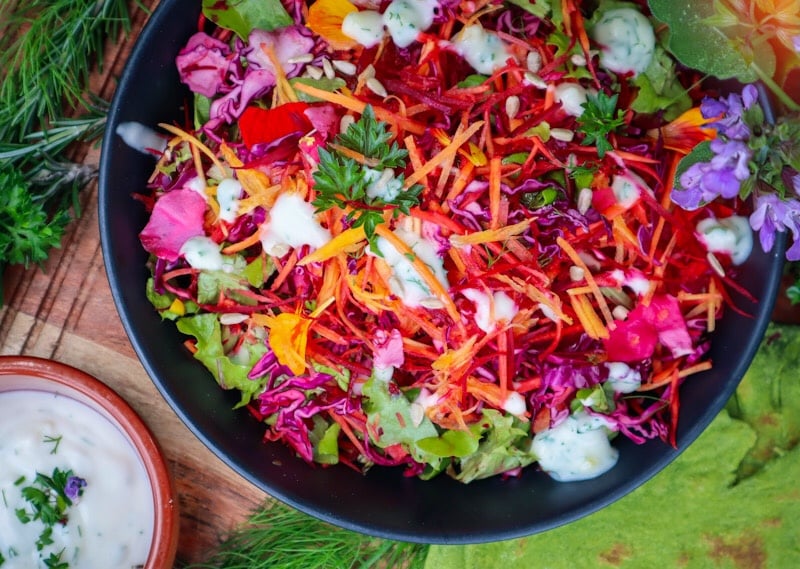
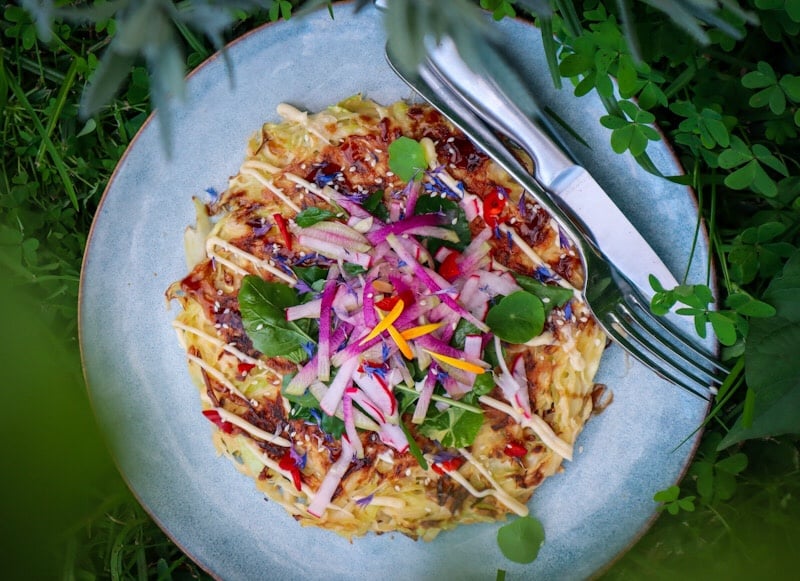
Preserving the Harvest
Cabbage can be easily preserved to use throughout the year.
- Freeze
- Pickle
- Bottle/can
Cabbage Posts
Japanese Cabbage Pancake – Okonomiyaki
Okonomiyaki is a delicious cabbage dish similar to a fritter or hash…
Cauliflower Fried Rice
Cauliflower is fantastic at absorbing flavour which makes it a perfect substitute…
Growing Staple Base Crops for Self-Sufficiency
Growing Base Crops On a journey to grow your own food and…














